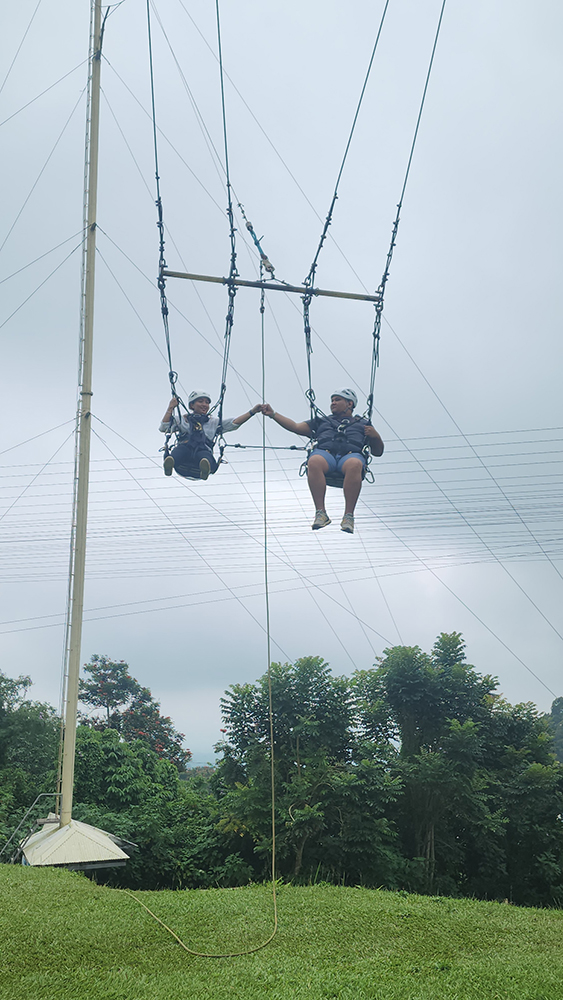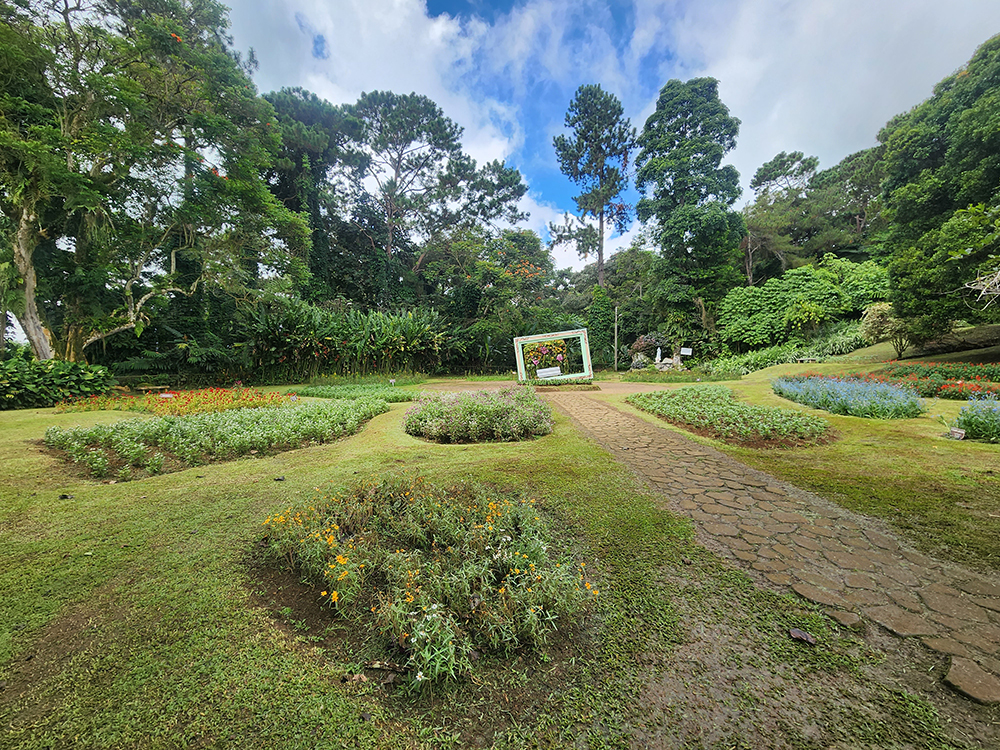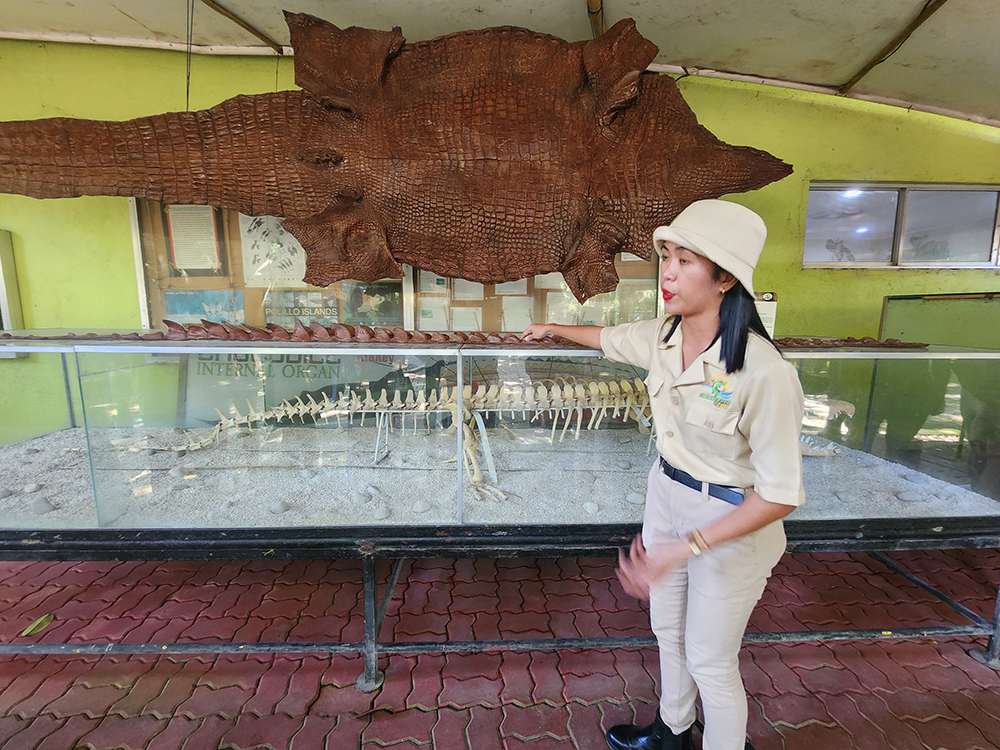Luzon and Visayas might be top of mind for many tourists, both local and international, but Mindanao is steadily making its mark in the travel scene thanks to the wide variety of destinations in the region.
Contrary to popular belief, Mindanao is a safe place to visit and Davao City is a prime example of this. Visitors are also in for a treat as there are many places to visit near the city, as well as hidden gems for those who want to take the route less traveled.
Davao City is the most well-known city in Mindanao, serving as the travel hub and commercial center of the region. But despite its economic progress, the city has not forgotten its cultural roots and continues to honor it with the Kadayawan Festival. It is also home to many destinations for those who want to enjoy nature or come close to wildlife.
Davao City might seem far from Metro Manila, but flights are frequent. Cebu Pacific offers flights from Manila to Davao for as low as P3,087 and passengers can expect to arrive at Davao City International Airport in 2 hours.

Indigenous culture
In the 1970s, then-Mayor Elias B. Lopez encouraged the different Davao tribes to showcase their thanksgiving rituals. In 1986, the Davao City government launched a project that aimed to unite the people during the turbulent times of Martial Law. Originally, the festival was named the Apo Duwaling, after three natural wonders you can find in the region–Mt. Apo, Durian, and Waling-waling. It was renamed to the Kadayawan Festival in 1988 by then-Mayor former president Rodrigo Duterte.
Today, the Kadayawan festival is a celebration of the 11 indigenous tribes of Davao, namely the Bagobo Tagabawa, Klata, Ata, Matigsalug, Obo Manuvu, Maguindanaon, Iranun, Sama, Tausug, Kagan and the Maranao. This is highlighted by the Indak-Indak, a street parade competition participated by the different schools in the city. The downtown area of Davao City becomes the stage where students perform intricate set pieces showing the culture, folklore, and histories of the different tribes of Davao.
Meanwhile, Magsaysay Park becomes the destination of choice for those who want to interact with the different tribes. Inside the park lies the Kadayawan Village. The 11 tribes each have their own houses where guests can visit, as well as handmade goods and food items up for sale. The members of the tribe also do spontaneous performances where guests are invited to join, as well as areas where visitors can don some of the traditional outfits and have their photos taken.
The Pamulaksa Dalan is a float parade and one of the highlights of the Kadayawan Festival. Keeping true to the roots of Kadayawan as an indigenous harvest festival, the floats feature flowers, fruits, and indigenous accessories. Contingents for the Pamulak Festival mostly come from the private sector. Companies that continually support the city’s activities exerted efforts to create grandiose floats to compete in the small, big, or non-motorized category.

Hidden in the mountains
Mindanao was once a haven for illegal loggers which resulted in the denuding of the mountains. The Ayala family (with no relations to the Zobel De Ayalas of Luzon), seeing the devastation of rampant logging, vowed to help nature recover, with thousands of pine seedlings planted in the area that is now known as Eden Nature Park and Resort.
Today, the park located in the mountain areas of Toril in Davao City is home to over 100,000 pine trees and is one of the top tourist destinations in the city.
For those who love flowers, the Amphitheater and the Flower Garden are a treat to both the eyes and the nose. Here, guests can see Black-eyed Susans, Buddleia Lavenders, Sunflowers, Blue Roses, Cleome White Brushes, Gerberas, and now a favorite in Eden, Mickey Mouse.
Herb lovers can enjoy the breeze at Lola’s Garden, one of the highest points in the nature park. Taking a seat at the nipa hut located at the top of the hill, guests can see the stunning view of the numerous rows of herbs that are harvested regularly and used in the resort’s kitchen.
Eden Nature Park and Garden also pay tribute to the city’s indigenous culture with Tinubdan. Derived from the root word tubod, meaning spring or origin of water, Tinubdan is a dynamic tour designed to give viewers glimpses of the customs, traditions, beliefs, and way of life of the indigenous peoples of Mindanao, such as what a traditional house looks like, the different tribal outfits, as well as medicinal plants and their uses.
After enjoying the serenity of the park, guests can then visit the recreational activity area. Here, visitors can conquer their fear of heights and get a boost of adrenaline with features such as the skyrider, a set of 200-meter-long ziplines suspended 20 meters above the air. Bikers can try out the skycycle while those who prefer to walk can try the skywheel. Standing 95 feet off the ground, the skyswing will swing hearts out to the skies giving guests an extreme feeling of excitement, satisfaction, and fun.

The wild side
For many adults, it has been years since they have visited the zoo. Thankfully, The Crocodile Park and Zoo is only a few minutes away from the city center and it is one of the popular destinations for both locals and tourists during the weekend. The brainchild of Philip Dizon, it first opened in 2005 and since then has served as a home for many wildlife rescues.






